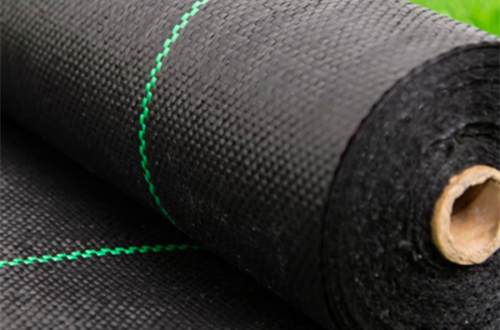Reddish Brown Scabbard: A Study of Its Historical and Cultural Significance

# Reddish Brown Scabbard: A Study of Its Historical and Cultural Significance
## Introduction
The reddish brown scabbard, a seemingly simple accessory for bladed weapons, holds a wealth of historical and cultural significance that often goes unnoticed. This article delves into the fascinating world of these protective sheaths, exploring their evolution, craftsmanship, and symbolic meaning across different civilizations.
## The Origins of the Reddish Brown Scabbard
The earliest known scabbards date back to the Bronze Age, when warriors needed protection for their valuable blades. The reddish brown coloration likely emerged from natural materials and early tanning processes:
- Leather from cattle or other animals, naturally aging to a reddish brown hue
- Early vegetable tanning methods that produced warm, earthy tones
- Oxidation of metal fittings contributing to the overall color palette
## Materials and Craftsmanship
Traditional Materials
Artisans throughout history have employed various materials to create reddish brown scabbards:
| Material | Characteristics |
|---|---|
| Leather | Most common, durable, develops patina over time |
| Wood | Often lined with felt, sometimes stained reddish brown |
| Metal | Bronze or iron with protective coatings |
Decorative Elements
The reddish brown base often served as a canvas for intricate decorations:
- Tooled leather patterns
- Metal inlays and fittings
- Painted designs using natural pigments
## Cultural Significance Across Civilizations
European Traditions
In medieval Europe, the reddish brown scabbard was particularly associated with:
- Knightly swords
- Ceremonial weapons
- Status symbols among nobility
Asian Influences
Eastern cultures developed their own distinctive reddish brown scabbard traditions:
- Japanese saya (scabbards) using lacquered wood
- Chinese jian scabbards with intricate designs
- Mongolian leather scabbards for curved blades
Keyword: Reddish Brown Scabbard
## Symbolism and Meaning
The reddish brown color carried various symbolic associations:
“In many warrior cultures, the earthy tones of the scabbard represented connection to the land, stability, and the practical nature of the warrior’s calling.”
Additional symbolic meanings included:
- Blood and sacrifice (darker reddish tones)
- Earth and fertility (lighter brown shades)
- Age and wisdom (through the natural aging process)
## Preservation and Modern Interpretations
Conservation Challenges
Preserving historical reddish brown scabbards presents unique difficulties:
- Leather degradation over centuries
- Metal corrosion affecting color
- Pigment fading from light exposure
Contemporary Craftsmanship
Modern artisans continue the tradition while incorporating new techniques:
- Use of synthetic dyes for consistent reddish brown hues
- Combination of traditional and modern materials
- Historical reenactment communities keeping the craft alive
## Conclusion
The reddish brown scabbard, far from being merely functional, represents a fascinating intersection of art, technology,


